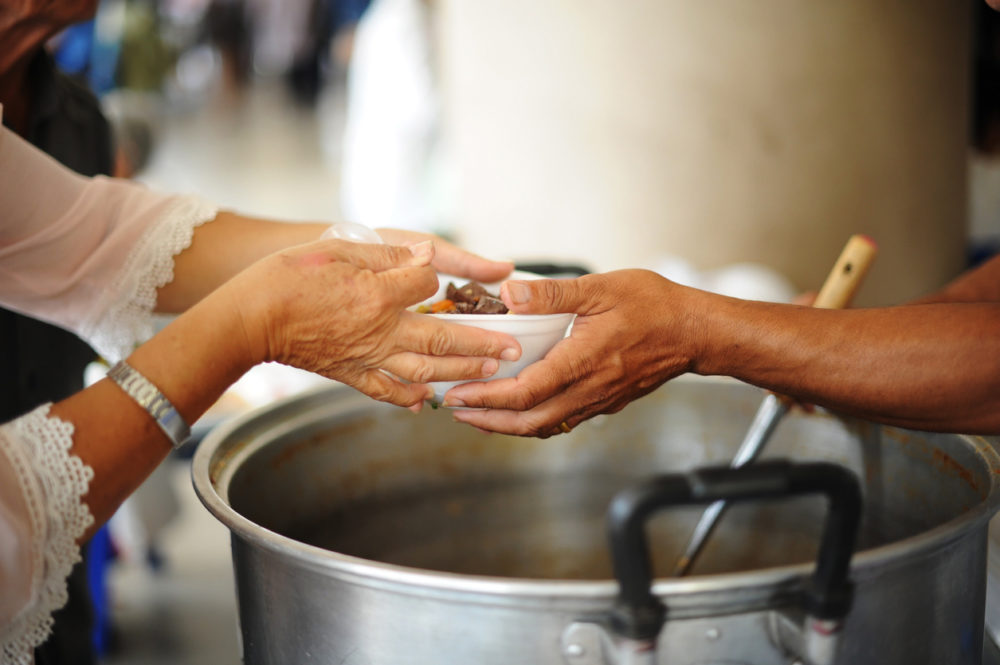
Students can help others by volunteering at local food pantries
North Dakota State University is combating food insecurity students may be struggling with
While food insecurity has always been a problem some students have had to face, the pandemic has made it even harder to access affordable food.
Meghan Yerhot, a chair of the NDSU Food Insecurity Task-force talked about food insecurity and how it helps students out when it comes to receiving food.
“I do think students will be facing significant struggles with food insecurity because the majority of college students even on our campus work in the service industry and those industries have suffered a huge hit from COVID.”
Yerhot said that before COVID-19 a lot of the students she advised dealt with food insecurity, so she imagines that during the pandemic it is “twice as bad.”
Currently, the task-force is working on some initiatives. “The first one is a Swipe Out Hunger initiative and that is where staff and faulty are going to be able to donate part of their paychecks into this fund. Then we will be able to put money on students accounts so they’re able to get meals,” Yerhot said adding that they are planning on rolling out the first initiative in the next two weeks.
“Another initiative that we’re working on currently is going to be a drive-up, walk-though pantry.” Yerhot said that a website is currently being set-up which will list available resources for students as the task-force is looking for a permanent location on campus.
Yerhot said that while COVID-19 has pushed back some of the task-force’s plans, she added, “We’re just really excited and looking forward to helping students on our campus.”
Yerhot also talked about the Great Plains Food Bank, which they have already established partnership with, along with other nonprofit organizations which hold pop-up food pantries. “Our long term goal is to also utilize the extension services in our community and on campus.”
The task-force has also partnered with the Master Gardener Project on campus that is willing to donate food from the crops they plant.
Students can also get involved with fighting food insecurity once the Swipe Out Hunger initiative is rolled out. “We’re hoping it will be like a snowball effect,” Yerhot said when discussing student awareness on available resources.
“We’re hoping that students will want to volunteer at a pantry because we want it to be student run. We think it would help with the stigma, we really want to create a welcoming environment.”
When it comes to affording healthy options while on a budget, Danielle Hildreth, the dietitian at NDSU’s Student Health Center, offered some advice.
“Creating a budget is an excellent way to allocate your expenses throughout the month. While budgeting can be the first step, there are always inexpensive nutritious foods available year-round. Buying foods in season will help your pocketbook as these foods will be on sale at the grocery store.”
Hildreth also explained that frozen and canned foods are an alternative to fresh produce. “Frozen vegetables are picked at peak ripeness allowing vitamins and nutrients to stay intact. Canned foods are also another healthy option as long as there are no added ingredients.”
Beans, oatmeal, eggs, canned fish and buying in bulk are also healthy options Hildreth recommended.
If students don’t have a lot of time to prepare meals throughout the week, Hildreth recommends meal prepping saying, “This allows you to save money and eat healthier.”
Hildreth said students can make meals on the weekends and portion them out to be quick and ready meals throughout the week. “If you meal prep a large amount of meals such as soups or lasagna, you can always freeze them to consume at a later date.”
